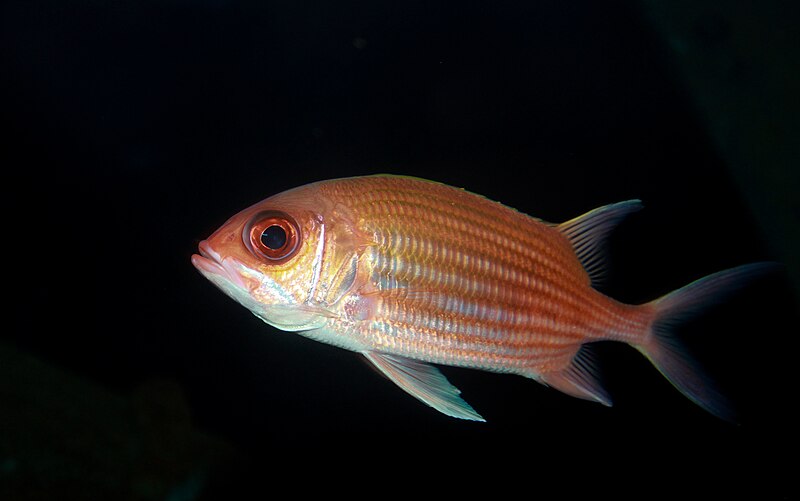Media release
From:
Multiple rod layers increase the speed and sensitivity of vision in nocturnal reef fishes
Proceedings of the Royal Society B: Biological Sciences
Summary: Most vertebrates have one layer of dim-light active rod photoreceptors. However, over 100 species of fish have multiple rod layers. Despite its prevalence, the function of this adaptation has remained unresolved. Using histology, electrophysiology and amino acid sequence analysis on nocturnal reef fishes, Fogg et al. demonstrate for the first time the sensory advantage of having multiple rod layers. They show that fish with multiple rod layers have both faster vision and enhanced sensitivity to bright and dim light intensities. This work sheds light on an unconventional vertebrate visual system and the visual capabilities of fishes from diverse oceanic ecosystems.



 Australia; QLD
Australia; QLD



